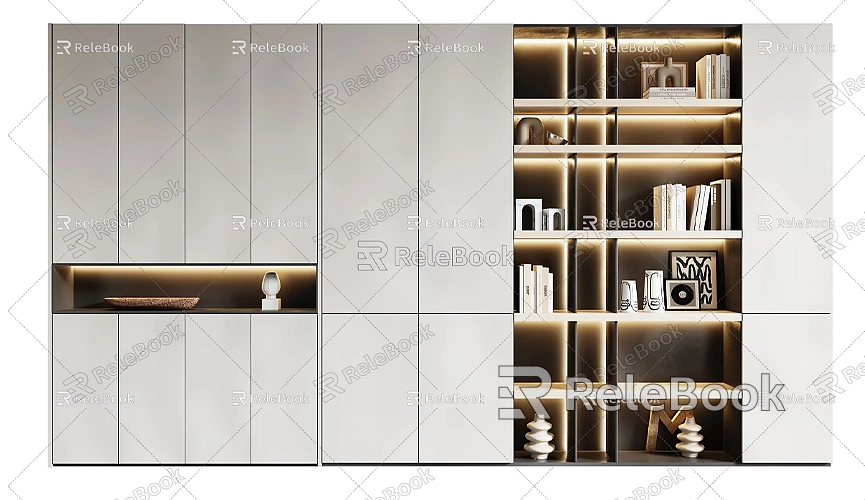How to Download Google Earth Models into SketchUp
In the field of 3D design, especially in architecture and landscape design, accurate geographic data is crucial. Many designers wish to import real-world geographic data into their SketchUp models for more precise designs. Google Earth provides rich terrain and building data, so how can you import these models and data into SketchUp? This article will detail how to download Google Earth models into SketchUp, along with some tips and methods to keep in mind during the process.
Why Import Google Earth Models into SketchUp
Importing models and terrain data from Google Earth into SketchUp helps designers create more realistic scenes for their projects. This is especially beneficial in architecture, urban planning, and landscape design. By viewing and editing this data directly in SketchUp, you can easily integrate your designs with real geographic locations, enhancing both accuracy and visualization.

Using SketchUp's "Location" Feature
In earlier versions of SketchUp, you could directly import data from Google Earth, including terrain and satellite imagery, using the "Location" feature. However, due to changes in the partnership between Google and SketchUp, this direct import functionality has been restricted. Now, SketchUp primarily collaborates with other geographic data providers.
Nonetheless, you can still import Google Earth data into SketchUp through some indirect methods, which will be detailed next.
Steps to Import Terrain and Models from Google Earth
To use terrain and model data from Google Earth in SketchUp, follow these steps:
1. First, open Google Earth Pro and locate the geographic area you want to obtain data from. You can easily find your target location using the mouse and search function. Adjust the view and zoom level until you can see the desired terrain and buildings.
2. Next, use the "Save Image" feature in Google Earth Pro to save a high-resolution image of your current view. Note that this saves only the image, not the 3D model itself. However, you can use these images as texture materials in SketchUp.
3. To import real terrain data, enable the "Terrain" layer in Google Earth Pro. Then, in SketchUp, use the "Location" tool to manually input the coordinates of your target location and select "Capture Terrain." SketchUp will import the corresponding terrain data based on the geographic location you selected. You can choose whether to keep the satellite image texture when importing terrain.
Using Third-Party Plugins to Import Google Earth Models

While SketchUp no longer supports direct model imports from Google Earth, you can achieve similar results with third-party plugins.
Placemaker is a popular SketchUp plugin that allows you to quickly import buildings, streets, and terrain from urban areas. While its data does not come directly from Google Earth, it is rich and can provide similar effects. With Placemaker, you can quickly import buildings and terrain from specific areas, saving time on manual modeling.
Additionally, some plugins can import data from OpenStreetMap into SketchUp, such as OSM Importer, which offers significant convenience for architectural design and urban planning.
Manually Modeling Using Satellite Imagery
Another method to obtain Google Earth models is through manual modeling using satellite images. While this method is time-consuming, it is excellent for projects requiring specific details. You can download high-resolution satellite images from Google Earth Pro or other geographic information platforms and use these images as backgrounds to manually construct models in SketchUp.
First, create a new project in SketchUp and import the images you downloaded from Google Earth. Scale and adjust the images to accurately place them in your model scene. Then, use SketchUp's tools to model along the outlines of the buildings in the image. Although this method takes time, it can yield very precise models, especially for highly detailed projects.
How to Enrich Your Models with Relebook
After importing geographic data and models from Google Earth into SketchUp, you'll often need to add details and textures to make the scene more realistic and vibrant. High-quality 3D textures and HDRI resources are especially important. Relebook is a premium 3D resource platform where you can find various types of 3D textures and models to meet different project needs.
If you need high-quality 3D textures and HDRI while creating models and virtual scenes, you can download them for free from [Relebook](https://textures.relebook.com/). For exquisite 3D models, visit [Relebook](https://3dmodels.relebook.com/), which offers a wealth of high-quality resources.
Avoiding Inaccurate or Illegally Sourced Models
When searching for SketchUp models, it's crucial to consider the source and copyright issues. While there are methods to extract model data directly from Google Earth, doing so may violate Google's copyright policies. Therefore, when using this data for commercial projects, ensure that your data source is legal.
Consider partnering with legitimate geographic information data providers to purchase licensed geographic data or use open data sources like OpenStreetMap. This approach not only ensures the legality of your project but also provides more precise and detailed data.
Importing Google Earth's terrain and model data into SketchUp can significantly enhance the realism and accuracy of your designs, especially in architecture and urban planning. Although direct downloads from Google Earth have become impossible, you can still achieve similar effects using SketchUp's built-in "Location" feature, third-party plugins, or manual modeling. Additionally, combining high-quality 3D textures and models can make your designs more vivid and professional.
I hope this article has helped you understand the methods and steps for importing Google Earth models into SketchUp, along with some practical design tips. If you need high-quality 3D textures and HDRI for creating models and virtual scenes, you can download them for free from [Relebook](https://textures.relebook.com/). For beautiful 3D models, visit [Relebook](https://3dmodels.relebook.com/) for a wide array of quality resources. I hope these resources assist your design efforts and make your projects outstanding!

